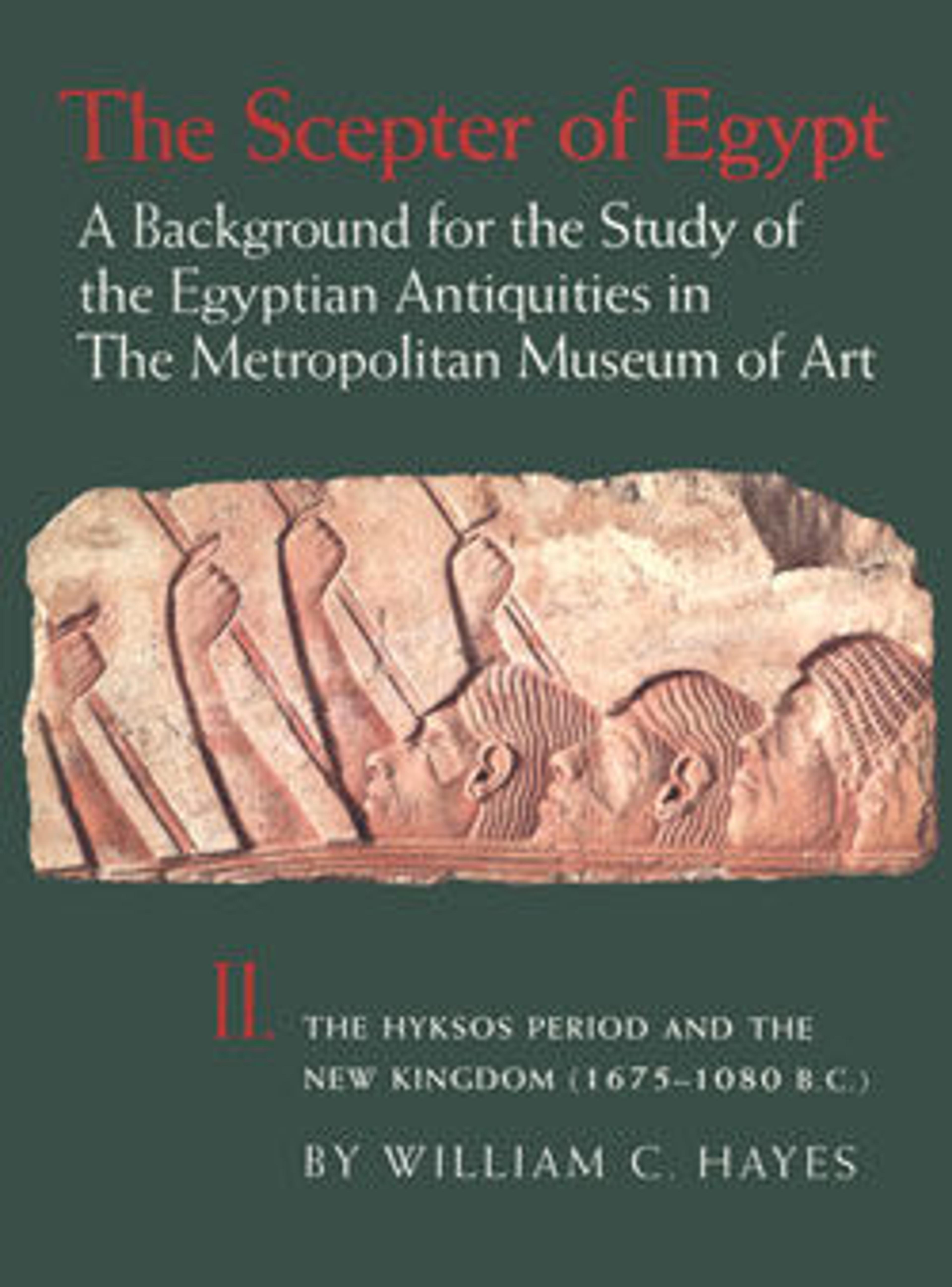Relief with the Head of Amenhotep I
The fragmentary cartouche in the upper left-hand corner of this relief preserves the last letter of the name Amenhotep. In Dynasty 18, there were four kings with this name which means "Amun is satisfied." The identity of the king depicted here is clear from the preserved profile. The shape of the nose and the short upper lip are almost identical to the profile of a head of Amenhotep I, 26.3.30a, in the Museum's collection (see additional photographs). The similarities in these works, one in two-dimensions and the other in three, demonstrate that images of an Egyptian king were probably based on an officially sanctioned likeness that combined recognizable features into an idealized portrait of the monarch in question.
Amenhotep I, like most of his successors in the New Kingdom, made architectural additions to the temple of the god Amun at Karnak. This temple was across the river from and slightly north of Deir el-Bahri, and its axis was parallel to the temples of Hatshepsut and Mentuhotep II. Amenhotep's additions to Karnak were dismantled in ancient times and are now preserved in a number of Museums. By studying the fragments in Egypt and abroad, Egyptologists have been able to determine that one wall was decorated with two scenes of the king smiting his enemies – a typical scene on temple walls. The fragment of relief shown here appears to have been part of one of these scenes.
Amenhotep I, like most of his successors in the New Kingdom, made architectural additions to the temple of the god Amun at Karnak. This temple was across the river from and slightly north of Deir el-Bahri, and its axis was parallel to the temples of Hatshepsut and Mentuhotep II. Amenhotep's additions to Karnak were dismantled in ancient times and are now preserved in a number of Museums. By studying the fragments in Egypt and abroad, Egyptologists have been able to determine that one wall was decorated with two scenes of the king smiting his enemies – a typical scene on temple walls. The fragment of relief shown here appears to have been part of one of these scenes.
Artwork Details
- Title:Relief with the Head of Amenhotep I
- Period:New Kingdom
- Dynasty:Reign of Amenhotep I
- Date:ca 1525–1504 B.C.
- Geography:From Egypt; Probably from Upper Egypt, Thebes, Karnak
- Medium:Limestone
- Dimensions:H. 46 × W. 44 × D. 8.3 cm, 25.8 kg (18 1/8 × 17 5/16 × 3 1/4 in., 56.8 lb.)
- Credit Line:Rogers Fund, 1945
- Object Number:45.2.7
- Curatorial Department: Egyptian Art
More Artwork
Research Resources
The Met provides unparalleled resources for research and welcomes an international community of students and scholars. The Met's Open Access API is where creators and researchers can connect to the The Met collection. Open Access data and public domain images are available for unrestricted commercial and noncommercial use without permission or fee.
To request images under copyright and other restrictions, please use this Image Request form.
Feedback
We continue to research and examine historical and cultural context for objects in The Met collection. If you have comments or questions about this object record, please contact us using the form below. The Museum looks forward to receiving your comments.
